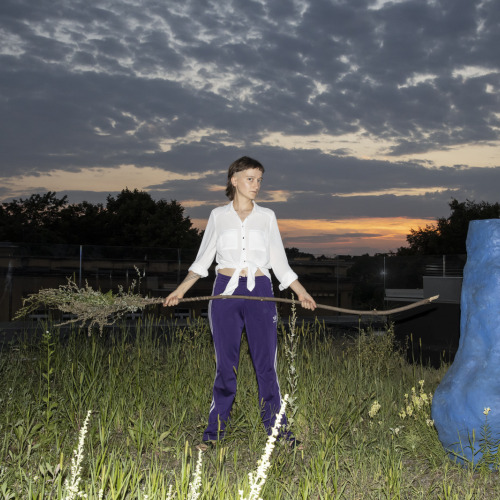
Marilyn Crispell
The creativity of Marilyn
Crispell is closely linked to East Coast Jazz, since she was born in
Philadelphia in 1947 and she spent her childhood in Baltimore, the place where
the most melancholy soul in jazz music, Billie Holliday, spent an important
part of her life. After studying piano at the New England Conservatory,
Crispell did many different things. She was an excellent ‘classical’ piano
player (her interpretations of composers from Bach, Debussy and Messien to Cage
are well known). Her view of music changed when she became acquainted with the
music of John Coltrane, who was her spiritual inspiration. She was impressed by
other composers too, she calls them ‘piano teachers’; the first among them is
Cecil Taylor (when she heard him, she gained confidence in her own playing and
her way of understanding music), but he is not the only one. “Thelonius Sphere
Monk and Anthony Braxton showed me a path to using space in music, while
African music inspired me with its polyrhythms.”
Marilyn Crispell’s piano seems to
be hiding a number of constructors. Even though it looks almost impossible, she
combines them in the same piece of music. She calls the concept of her musical
crea-tion spontaneous composition: it originates from a small musical element,
which can carry a lot of energy or cha-racteristics of any of the types of
music mentioned. She then, in accordance with her state of mind, transforms
such elements into any other musical form, although this transformation is
distinctly independent, as she carries it out with her own artistry, full of
dissonance, quick passages, percussive sound storms and unexpected calms. The
words of Maggie Nicols, a vocal improviser, can help us understand this
specific attitude to music. On one occasion she said, “I am time and again
fascinated by how many different feelings women can bring into music. This is
not a reflection of feminine indecision or inconstancy. It is a proof of a
woman’s multidimensionality, which can exist on several contradictory levels at
the same time.”
However, the typical Crispell
piano has undergone quite a few important changes. She may have been a didactic
case of the post-Taylor piano, with her feeling for the architecture of music,
but with her most recent recordings (Nothing Ever Was, Anyway – The Music of
Annette Peacock) she has entered the calm waters of fragile and crystal clear
music. When asked whether this is the end of the energetic piano, she said, “A
musician grows and, just like any other person, changes and accepts new
knowledge. The energetic piano is as much mine as my calmer music.” Her answer
to doubts about whether there is any possibility of inventing new things for
jazz piano is “Undoubtedly. Except, I don’t know what yet. And that is the why
I will keep playing the piano and exploring it for many years. At least, that
is what I hope.”
With her fragile habitus capable
of incredibly energetic piano excursions, Crispell is clear proof that there
are exceptions in the masculine world of jazz, and that music is universal. Or
unisex, if you like.
(Adapted from Rok Jurič’s article
in Muska magazine, October 1998)
Organizacija/ organised by
Cankarjev dom


